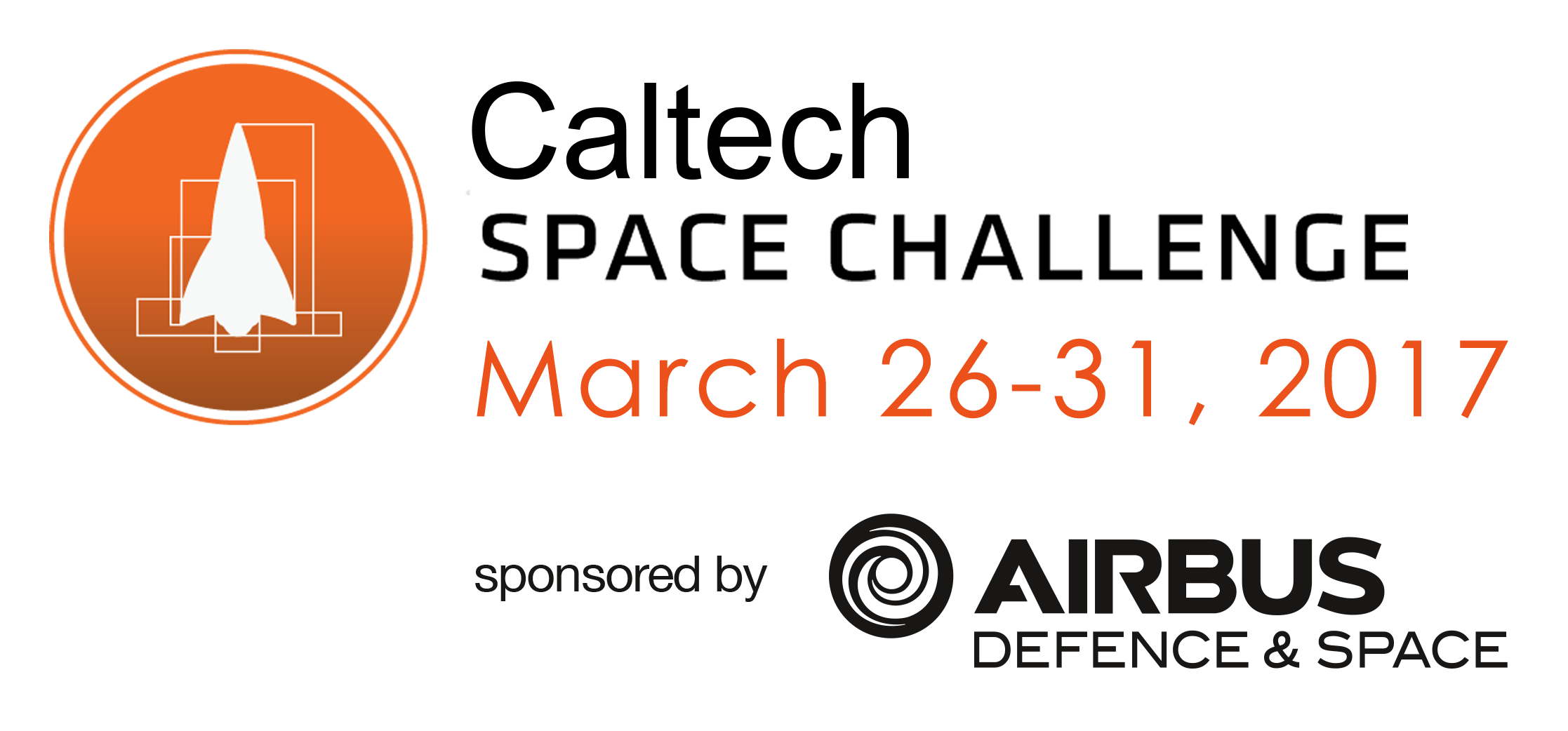Dr. Paul Dimotakis (Caltech), Dr. Jakob van Zyl (Caltech/JPL), and Dr. Anthony Freeman (Caltech/JPL) will be the advisors for the 2017 Caltech Space Challenge. Their role is to give guidance to the student leads (Ilana Gat and Thibaud Talon) and participants throughout the Challenge. Professor Dimotakis was an advisor and jury member of the 2011 Space Challenge. Dr. van Zyl, always a great advocate for the challenge, has sat on the jury for the 2013 and 2015 challenges. New to the Space Challenge, Dr. Freeman is adding valuable insight in mission planning and design.
Paul Dimotakis is the John K. Northrop Professor of Aeronautics and Professor of Applied Physics at the California Institute of Technology. His research primarily focuses on turbulent-flow phenomena, and turbulent transport and mixing in liquid- and gas-phase, chemically reacting and non-reacting flows and combustion. Other research includes work on active control of separated flows, cavitation, hydrodynamic stability and gas-dynamic simulations, image-correlation techniques for velocity-field (optical-flow) measurement, aerooptics and adaptive optics, as well computational fluid dynamics. He has participated in the development of pilotless drones, high-power chemical lasers, and the stealth fighter; contributed to Space Shuttle aerodynamics; helped with the fluid mechanics design of the “Leap-Frog fountain” at Disney's Epcot Center in Florida; participated in experiments in the Lawrence Livermore National Laboratory (LLNL) Nova laser facility. Also a sailor, he was a member of the America3 team and contributed to sail design in their successful defense of the Americas Cup in 1992. He was elected to the National Academy of Engineering in 2016, received the AIAA Fluid Dynamics Prize in 2014, served as JPL’s Chief Technologist (2006-2011), and as Associate Editor for the J. Fluid Mechanics. He is a Fellow of the American Physical Society (APS), the American Institute of Aeronautics and Astronautics (AIAA), and the American Association for the Advancement of Science (AAAS).
Dr. Jakob van Zyl is the associate director of Project Formulation and Strategy at NASA's Jet Propulsion Laboratory. Formerly, he was the director for JPL's Astronomy and Physics Directorate. Van Zyl received an honors bachelor's degree cum laude in electronics engineering from the University of Stellenbosch, Stellenbosch, South Africa. He received both his master's and his doctorate in electrical engineering from Caltech. Van Zyl joined JPL in 1986 and held positions of increasing responsibility in the synthetic aperture radar program. In addition, he managed the Radar Science and Engineering Section, the Earth Science Flight Missions and Experiments Office, and the Focused Physical Oceanography and Solid Earth Program Office. He was appointed deputy director for the Astronomy and Physics Directorate in 2002. He has been an adjunct faculty member in the Mechanical and Aerospace Engineering Department, University of Southern California, where he taught the class "Remote Sensing Systems from Space" from 1997 to 2001. Since 2002, he has been teaching the class "Physics and Techniques of Remote Sensing" at Caltech.
Dr. Anthony Freeman is the manager of the Innovation Foundry – JPL’s incubator for new ideas - at NASA’s Jet Propulsion Laboratory (JPL). Formerly, he was the program manager of the Earth System Science Formulation office, which resulted in several new projects at JPL. Dr. Freeman received the B.Sc. (Hons.) degree in Mathematics and a Ph. D. in Astrophysics, both from the University of Manchester (formerly UMIST). Dr. Freeman joined JPL in 1987 as a member of technical staff in the Radar Science and Engineering section and was responsible for the end-to-end calibration of the SIR-C imaging radar mission, and formulation of the LightSAR instrument. He subsequently managed the Mission and Systems Architecture section at JPL. His technical interests include the architecture of innovative space missions, especially novel radar observing systems and techniques. He taught the class on ‘Remote Sensing Systems from Space’ at USC from 2003 to 2012 and now teaches Aerospace Engineering (with a focus on nanosats), Systems Engineering and Program Management at the California Institute of Technology (Caltech).
 |
 |
 |
 |
 |
 |
 |
 |
 |
 |
 |
|
 |
 |
 |
